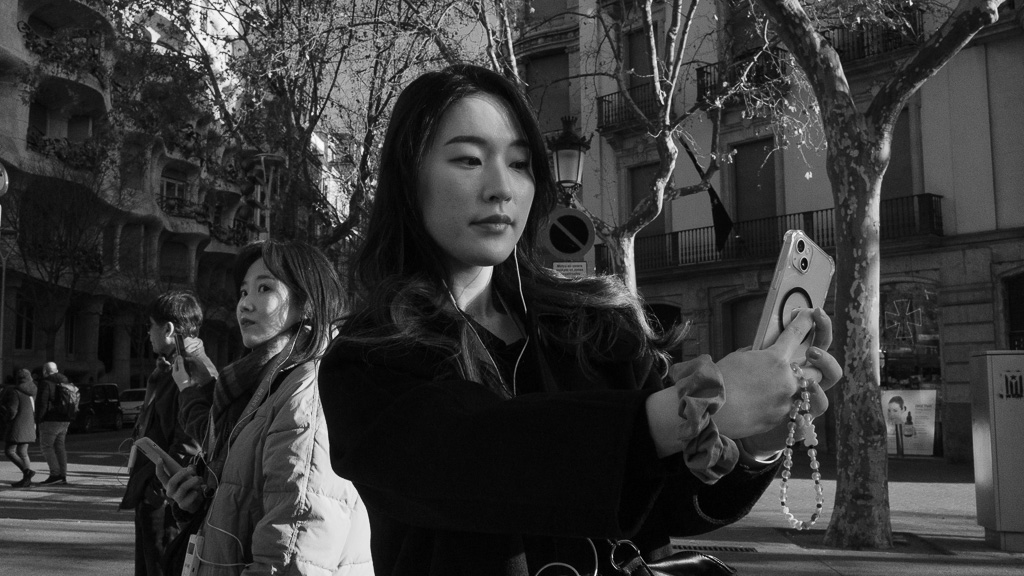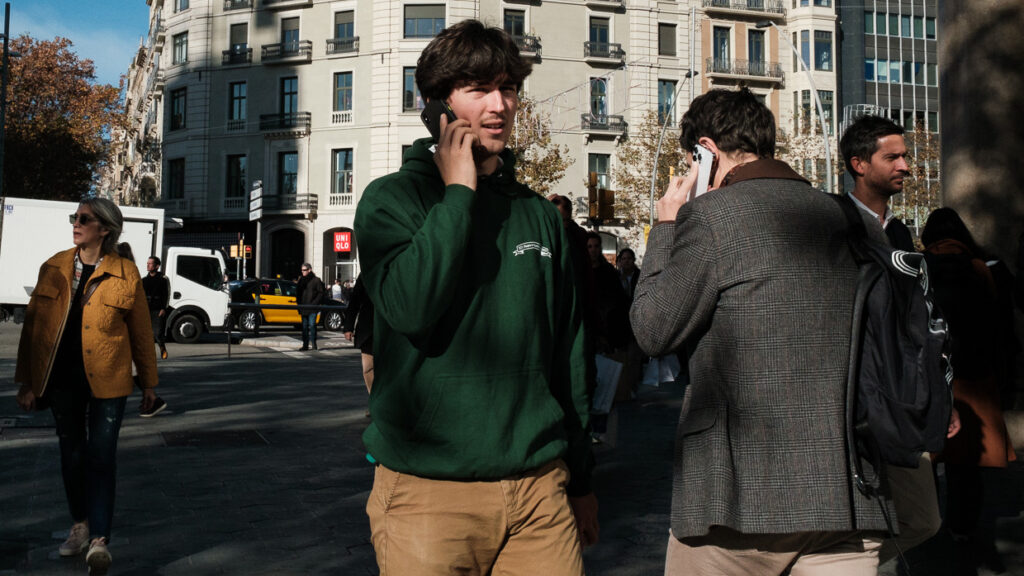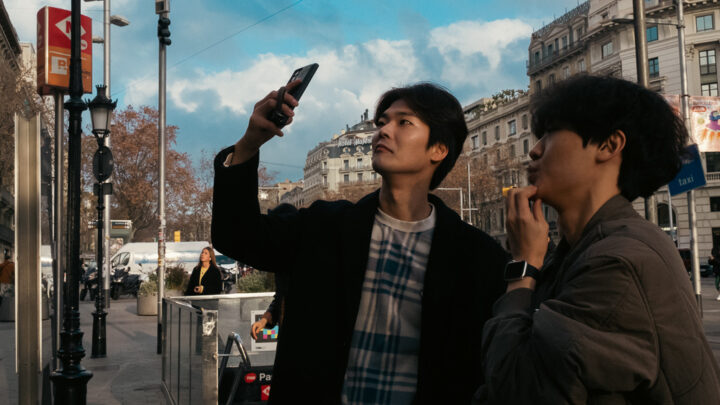Crowded streets are a hallmark of urban life, teeming with energy, movement, and endless photographic opportunities. But capturing these moments can be a challenging task for even the most experienced street photographers. Crowded spaces require a unique set of skills, from finding unique perspectives to effectively capturing the emotions of people in the midst of the chaos. In this article, we’ll explore the art of street photography in crowded areas, sharing tips and techniques to help you master the craft and capture perfect shots in even the busiest of urban environments. From composition and framing to interacting with people and finding unique perspectives, this guide will help you navigate the crowded streets with confidence and create stunning images that showcase the beauty and complexity of city life.
Preparation
To successfully capture great street photographs in crowded areas, preparation is key. Here are some essential tips to help you get ready:
- Scout locations and know the area: Before heading out with your camera, it’s essential to scout locations and familiarize yourself with the area you plan to shoot in. This will help you identify the best vantage points and anticipate potential obstacles, such as construction, crowds, or unfavorable lighting.
- Dress and pack for a long day: Street photography requires patience, and often involves spending long hours on your feet. Dress comfortably and pack light, with the essentials, such as water, sunscreen, and extra camera batteries. Consider using a camera bag or backpack that is easy to carry and access, and won’t weigh you down.
- Equipment considerations: When it comes to street photography in crowded spaces, it’s best to use a camera and lens combination that is lightweight and unobtrusive. A mirrorless camera or a compact camera can be great options, along with prime lenses that allow for fast autofocus and low light performance. Consider carrying a polarizing filter to reduce glare and enhance colors, and a neutral density filter to allow for slower shutter speeds in bright light.
By being well-prepared, you can stay focused on capturing the perfect shots, without worrying about running out of battery, feeling uncomfortable, or getting lost in the crowd.
Composition and Framing
Composition and framing are essential elements of street photography, helping to create compelling images that tell a story and capture the energy of crowded spaces. Here are some tips to help you compose and frame your shots effectively:
- Rule of thirds: The rule of thirds is a classic composition technique that involves dividing your frame into thirds both horizontally and vertically. Place your subjects at the intersection points for a more balanced and dynamic shot.
- Leading lines: Use lines in your environment to guide the viewer’s eye towards your subject. For example, use the diagonal lines of a street or building to draw attention to a person or object in the foreground.
- Framing: Use the environment to frame your subject, such as an archway or window. This can create depth and interest in your image, and add context to the scene.
- Background: Pay attention to the background of your shot, as cluttered or distracting elements can take away from the subject. Use a wide aperture to create a shallow depth of field, blurring the background and drawing attention to the subject.
- Symmetry: Look for symmetrical elements in your environment, such as a row of windows or a line of parked bicycles. This can create a balanced and harmonious shot.
By considering these composition and framing techniques, you can create visually appealing and compelling street photographs that capture the energy and atmosphere of crowded spaces.

Capturing People and Emotions
People are at the heart of street photography, and capturing their emotions and interactions can create powerful and evocative images. Here are some tips to help you capture people and emotions effectively in crowded areas:
- Engage with your subject: Building a connection with your subject can help them feel more comfortable and natural in front of the camera. Smile, make eye contact, and be respectful of their boundaries.
- Shoot candidly: Candid shots can capture the raw emotions and interactions of people in crowded spaces. Anticipate the moment, and be ready to capture it quickly and discreetly.
- Look for expressions and body language: People’s expressions and body language can tell a story and evoke emotion. Look for moments of laughter, surprise, or contemplation, and capture them from interesting angles.
- Use light and shadow: Lighting can play a crucial role in capturing mood and atmosphere in street photography. Look for interesting patterns of light and shadow, and use them to add depth and drama to your shots.
- Be patient: Capturing the perfect shot in a crowded area can take time and patience. Be willing to wait for the right moment, and don’t be afraid to take multiple shots to ensure you capture the perfect expression or interaction.
By capturing the emotions and interactions of people in crowded spaces, you can create compelling and relatable images that showcase the human experience in urban environments.
Finding Unique Perspectives
Finding unique perspectives is essential to creating visually interesting and memorable street photographs in crowded areas. Here are some tips to help you find unique perspectives:
- Change your viewpoint: Experiment with shooting from different angles, such as crouching down low or shooting from above. This can create a unique and dynamic perspective on the scene.
- Incorporate reflections: Look for reflective surfaces, such as puddles or shop windows, to create interesting and abstract compositions.
- Use negative space: Negative space refers to the area surrounding your subject. Use negative space effectively to create a sense of balance and contrast in your shot.
- Look for patterns: Patterns can create a sense of repetition and visual interest in your images. Look for patterns in the environment, such as lines or shapes, and incorporate them into your compositions.
- Incorporate the environment: Crowded areas are full of interesting architectural and environmental elements that can add depth and interest to your images. Look for interesting backdrops, such as murals or street art, and incorporate them into your shots.
By incorporating unique perspectives and elements into your street photography, you can create images that stand out and capture the complexity and beauty of crowded urban spaces.
Editing and Post-Processing
Editing and post-processing are essential steps to refining your street photography and creating a cohesive series of images. Here are some tips to help you edit and post-process your street photographs:
- Be selective: Choose only your best shots from a long day of shooting. This will help you create a cohesive and visually interesting series of images.
- Crop and straighten: Use cropping and straightening tools to improve the composition and framing of your shots.
- Adjust exposure and contrast: Use exposure and contrast adjustments to bring out the details and enhance the mood of your images.
- Fine-tune colors: Adjust the color temperature and saturation to create a consistent look and feel throughout your series.
- Convert to black and white: Black and white conversion can be a powerful tool in street photography, emphasizing the mood and atmosphere of the scene.
- Create a consistent style: By developing a consistent style and approach to editing and post-processing, you can create a visually cohesive and memorable series of street photographs.
By editing and post-processing your street photographs effectively, you can refine your shots and create a cohesive and visually interesting series that showcases the beauty and complexity of crowded urban spaces.

Conclusion
Capturing the perfect street photographs in crowded areas can be a challenging but rewarding endeavor. By following the tips and techniques outlined in this guide, you can refine your skills and create visually interesting and compelling images that showcase the energy and atmosphere of urban life. From preparation and composition to capturing people and emotions, finding unique perspectives, and editing and post-processing, each step of the process is essential to creating great street photography. Remember to stay patient, be respectful of your subjects, and most importantly, keep practicing. The more time you spend exploring the crowded streets, the more opportunities you’ll have to capture the perfect shots and refine your skills as a street photographer.
